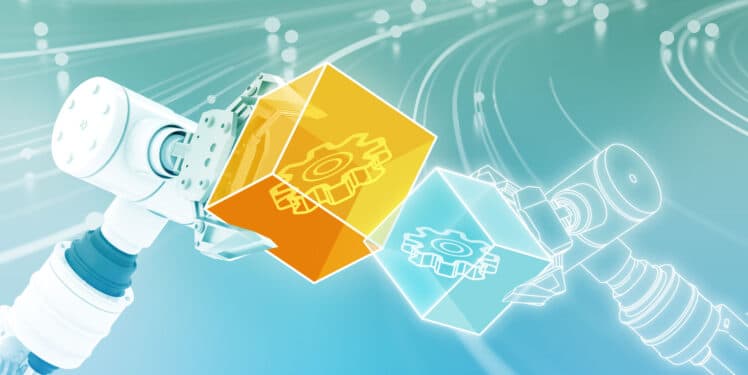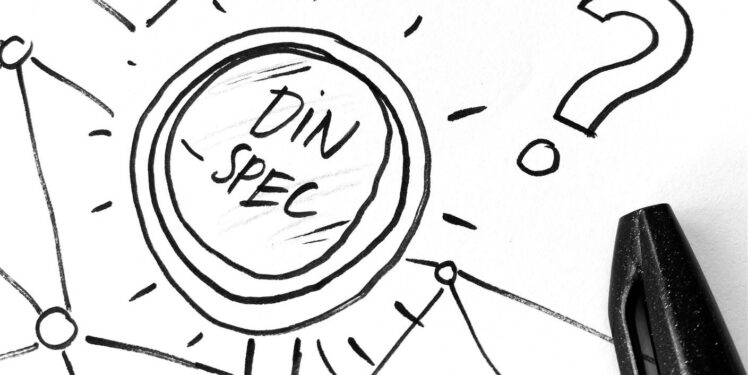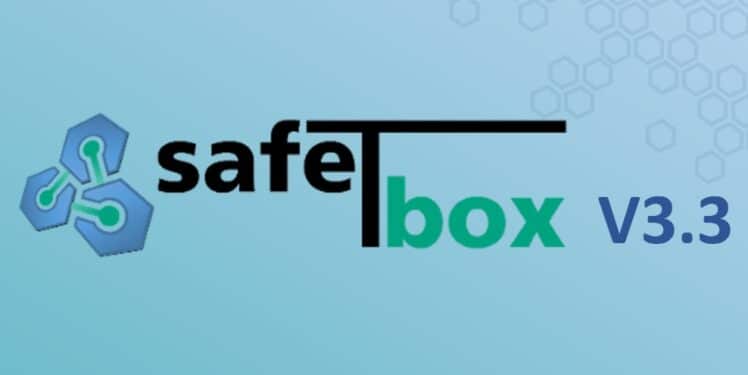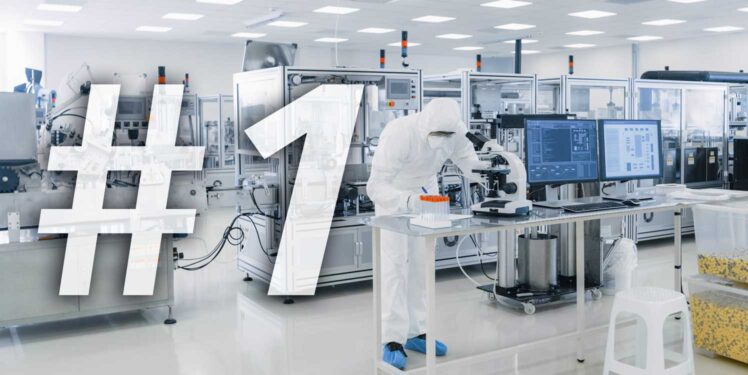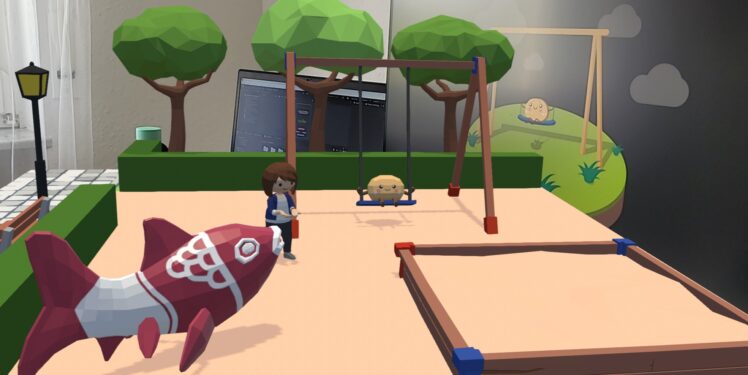Unlocking Agile Manufacturing: Embracing Service-based Production with Eclipse BaSyx (Part 1)
Service-based production promises a plethora of benefits, such as higher revenues, by providing custom-tailored products or a significant reduction of the time between the placement of a customer order and its fulfillment. However, how can service-based production be realized? Delve…

